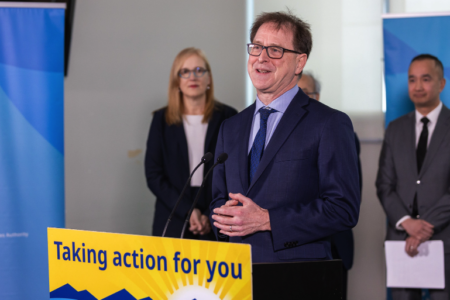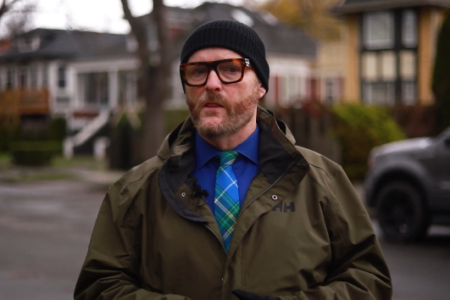The state of the reserve: regional health board to debate future of growing reserve fund
A reserve fund once set up to purchase and finance capital projects is creating an embarrassment of riches for the region’s health board.
The West Kootenay Boundary Regional Health District board (WKBRHD) will be deliberating this month on what to do with a reserve fund that has grown to $9.3 million, nearly exceeding the $10 million cap put in place four years ago on the reserve fund.
The board will have two options in these cash-crunched times for health care dollars in its decision: keep the cap; or lift it and continue building the reserve for a major project.
No option is being considered for lowering taxation in the health board’s region and draw the reserves into the main budget body.
The chief administrative officer of the Regional District of Central Kootenay and the secretary of the WKBRHD, Stuart Horn, said there are capital project requests from the Interior Health Authority (IHA) each year based on their prioritization and ability to fund their portion.
The request for funding from IHA will be received shortly and presented at the January 2016 board meeting, said Horn.
“As for what the fund will be used for, that the board has not decided upon,” said Horn.
In 2007, the WKBRHD established a reserve fund that was to be used to purchase and finance capital projects. In 2012, the board placed a cap of $10 million on the fund.
The reserve comes from contributions over the past number of years, said Horn, with taxation funding used to build the reserve — taxation being the only funding the WKBRHD has as its source.
The original reason for establishing the reserve was to build a new hospital, said Horn, which was expected to cost $400 to $500 million. The WKBRHD’s share of that would have been $160 million to $200 million.
Horn noted that a conversation surrounding a new regional hospital — once rumoured to be built in Castlegar — has not happened in a while at the board table.
Horn could not explain exactly why the surplus has accrued in the face of a growing need for upgraded hospital facilities across the district.
“Interior Health has limited capacity to complete projects,” he began. “As a result, they request funding each year based on their ability to fund 60 per cent of the project and their ability to get the project done. They have a list of projects that are prioritized for future completion.”
The board provides a variable amount of money for capital projects to the IHA depending on how much work is completed by IHA as they are paid as work is completed. On average it is between $1.5 to $2.5 million a year.
There is no mandate to add to the reserve each year. Reserves are used in order to limit tax increases when major projects are requested by IHA.























